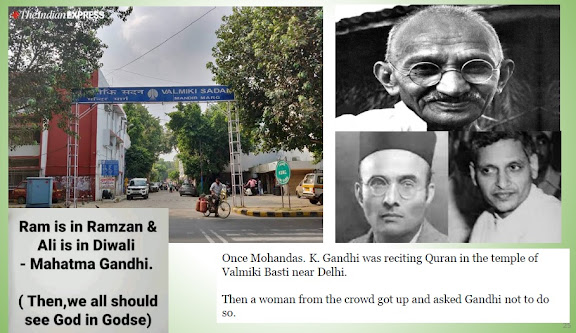246th Birth Anniversary of Raja Ram Mohan Roy on 22nd May 2017
Raja Ram Mohan
Roy (22 May 1772 – 27 September 1833) was the founder of the Brahmo Samaj at Calcutta in 1828 and due to his efforts, the practice of sati in Bengal was
abolished. It was he who first introduced the word “Hinduism’ into the English
language in 1816. For his diverse activities and contributions to society, he
is regarded as one of the most important personalities in the Bengali
Renaissance. His efforts to protect Hinduism and Indian rights earned him the
title “The Father of the Indian Renaissance”.
He was also a great scholar who translated many books, religious and
philosophical work and scriptures into Bengali and also translated Vedic
scriptures into English. He worked for the East India Company and extensively
studied Christianity and other religions that were the reasons to make him
realize that some Hindu traditions and superstitions were required to be
reformed. That was the motivating factor in his starting a new reformist body –
viz. Brahmo Samaj. Roy was against idol worship and propagated the oneness of God through Brahmo Samaj. He had combined the righteousness of Western and Indian Culture. Apart
from his opposition to the practice of Sati, he had also condemned the evil
practices of polygamy, caste rigidity, ban on widow re-marriage and child
marriage by the Hindus. He was greatly moved by his sister-in-laws death who became Sati.
Education system of India had undergone changes due to his efforts. To
modernize the education system, Roy established many English schools and also
the Hindu collage at Calcutta in 1822. Roy urged that science, technology,
western medicine and English should be taught at Indian schools.
Ram Mohan Roy was married three
times. His first wife died early in his childhood. He conceived two sons, Radhaprasad in 1800 and Ramaprasad in 1812 with his second wife, who died in 1824. Roy's third wife outlived
him.
The title ‘Raja’
was given to him by the Mughal Emperor. He was
the first educated Indian to travel to England. He went to England as an
ambassador of the Mughal Emperor Akbar II.
Roy died on 27th September 1833 at the age of 61
years in Bristol because of meningitis..
Ram Mohan Roy was originally buried on 18 October 1833, in the grounds of
Stapleton Grove where he had died. Nine and a half years later he was reburied
on 29 May 1843 in a grave at the new Arnos Vale Cemetery, in Brislington, East Bristol. The
original brief epitaph, "Rammohun Roy, died Stapleton 27th. Sept. 1833", was
suggested by Dwarkanath Tagore, but this
plaque was removed to the rear of the tomb and his new and more expansive
epitaph was placed at the front.




Comments